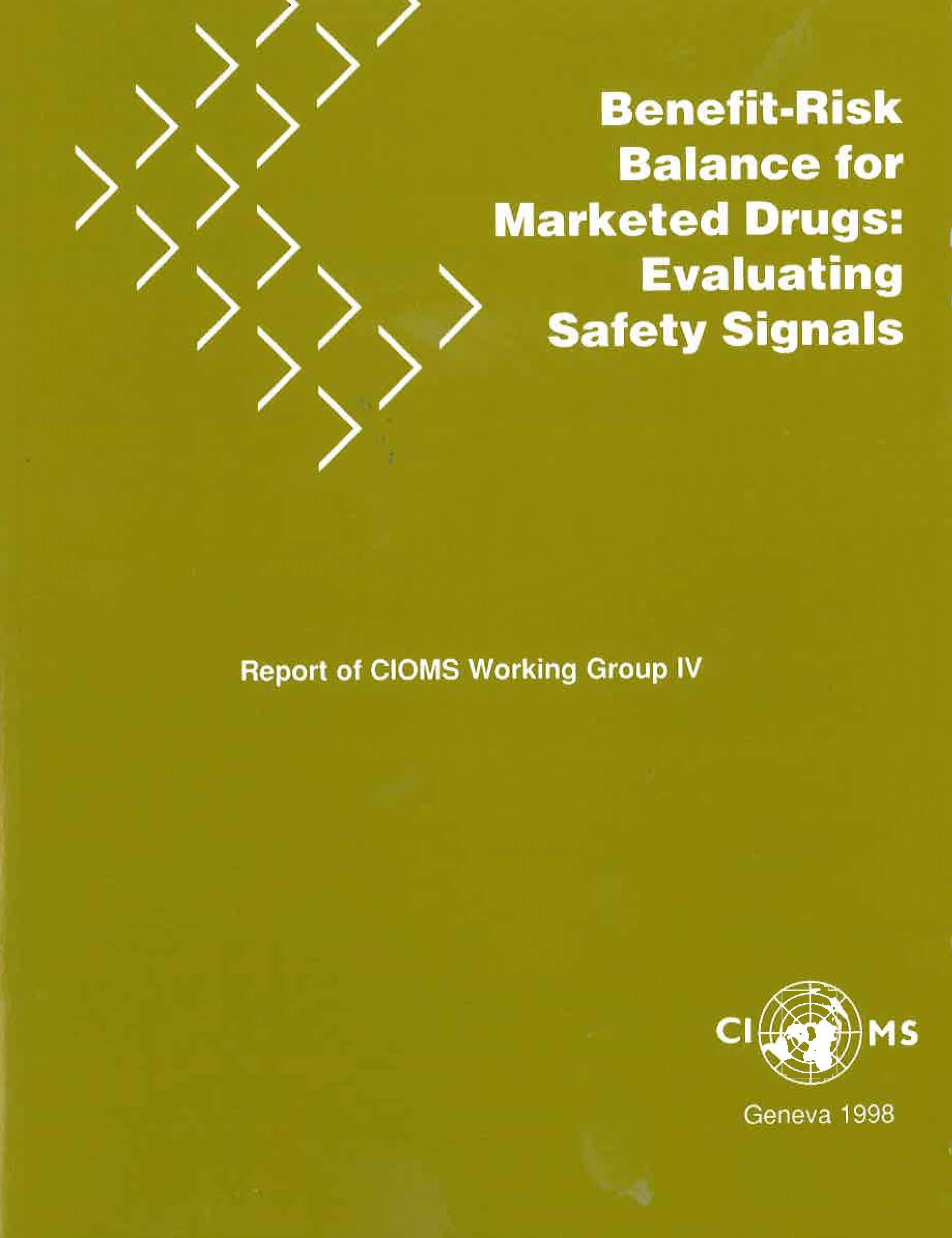This report presents and explains a standardized methodology for reassessing the established benefit-risk relationship of a marketed drug when a new safety problem arises. Addressed to drug manufacturers and regulatory authorities, the book responds to the absence of any standard, systematic procedure for assessing newly detected hazards, balancing risks against benefits, and reporting the results. The recommended approach, which reflects the consensus reached by 24 representatives of industry and government regulatory authorities, includes detailed advice on concepts and procedures for determining the magnitude of the safety problem, and deciding on the appropriate action, whether involving a routine change in product information or immediate withdrawal of the drug from the market. The use of a standard reporting form, presented here for the first time, forms a central part of the recommended procedure.
The report adopts a public health approach aimed at encouraging consistent practices on the part of both regulators and companies, when a major safety problem is signaled. Throughout, examples from case studies are used to illustrate pragmatic responses to the many difficult problems involved. Information ranges from a checklist of questions to consider when evaluating benefits, through an agreed method for scoring the relative seriousness of different adverse reactions, to recommendations for the standard visual presentation of data. Particular attention is given to procedures that can help minimize bias when risk profiles are prepared for competing products from the same therapeutic class.
The report has five chapters. The first provides an overview of recommended principles, the factors influencing benefit-risk assessments, and the types of data and analytical approaches that should be used. Chapter two, which forms the core of the report, presents a standard five-part reporting form and provides detailed guidelines for its completion. Examples from case histories are used to illustrate basic principles and methodologies for collecting and analyzing the data needed for benefit estimation, risk estimation, benefit-risk evaluation, and the analysis of options for action. The chapter also suggests standardized ways of displaying data when profiling and quantifying risks or comparing the risk profiles of competing drugs.
Chapter three covers the decision-making process, including advice on how to select the best options for action and to determine the responsibilities of regulators and companies. The remaining chapters discuss issues unaddressed or unresolved by the working group, and summarize key recommendations and proposals.
The report concludes with a series of appendices, which include in-depth case histories for seven drugs, a model for the quantification of risks, accompanied by a detailed example of how the model works in practice, and a summary of results from a survey of actions taken by manufacturers and regulatory authorities when post-marketing safety issues arise.


There are no reviews yet.